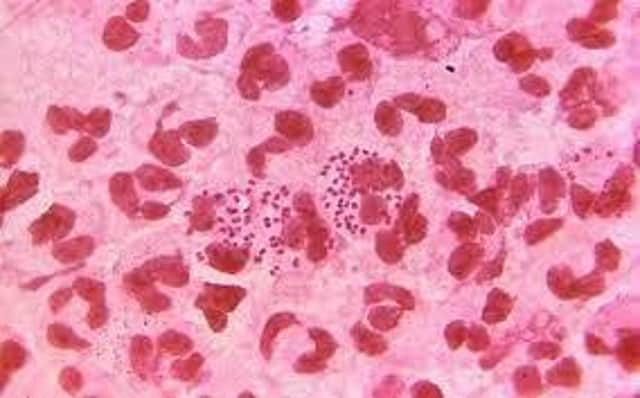East Lindsey one of top areas with lowest number of gonorrhoea cases


Health experts at from MARS have analysed data to reveal the areas in England with the highest and lowest number of STI cases, as well as highlight where certain infections are more common across the country.
Gonorrhoea is a sexually transmitted disease and symptoms usually develop within about two weeks of being infected, although they sometimes do not appear until many months later.
Advertisement
Hide AdAdvertisement
Hide AdAbout one in 10 infected men and five in 10 infected women will not experience any obvious symptoms, which means the condition can go untreated for some time.
In women, symptoms of gonorrhoea can include:
an unusual vaginal discharge, which may be thin or watery and green or yellow in colour pain or a burning sensation when passing urine pain or tenderness in the lower abdominal area – this is less common bleeding between periods, heavier periods and bleeding after sex – this is less common
Symptoms in men can include:
an unusual discharge from the tip of the penis, which may be white, yellow or green pain or a burning sensation when urinating inflammation (swelling) of the foreskin pain or tenderness in the testicles – this is rare
The research revealed the following about East Lindsey:
Chlamydia diagnostic rate per 100,000 people is 111 Syphilis diagnostic rate per 100,000 people is 2.1 Gonorrhoea diagnostic rate per 100,000 people is 10 Genital warts diagnostic rate per 100,000 people is 28.9 Genital herpes diagnostic rate per 100,000 people is 24.6
Advertisement
Hide AdAdvertisement
Hide AdBoth men and women can develop an infection in the rectum, throat or eyes by having unprotected anal or oral sex.
The following table shows East Lindsey with 10 cases and in second place:
1 Ryedale – 5
2 East Lindsey – 10
2 Isle of Wight – 10
4 Barrow-in-Furness – 12
5 Copeland – 13
5 Mendip – 13
5 Mid Devon 13
5 West Oxfordshire – 13
9 South Lakeland -15
9 Vale of White Horse – 15
The NHS advises it's important to be tested for gonorrhoea if there's a chance you're infected, even if you have no obvious symptoms or the symptoms have gone away on their own.